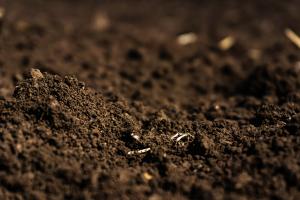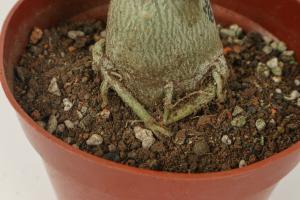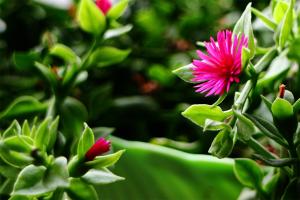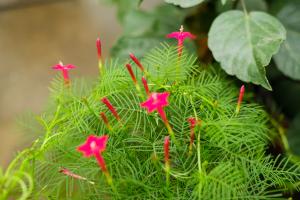How to Care for Snake Plant Indoor
Snake plants, also known as Sansevieria, are a popular choice for indoor decoration due to their hardiness and ability to thrive in low-light environments. If you're thinking about getting a snake plant or already have one, here are some tips on how to care for it and keep it looking healthy.
Lighting
One of the reasons snake plants are so popular is that they can tolerate low light conditions, but they also thrive in brighter conditions. It's important to find a balance between the two. If your snake plant is not getting enough light, it will start to stretch and grow taller. If it's getting too much light, the leaves will start to turn yellow.
The ideal lighting condition for snake plants is bright, indirect light. This means placing them near a window that doesn't receive direct sunlight, or using a sheer curtain to filter the sunlight. If you're placing the snake plant in a darker area, make sure to rotate it regularly to ensure even lighting.
Watering
Snake plants are very forgiving when it comes to watering, but it's still important to avoid overwatering. Overwatering can lead to root rot, which can kill the plant. You should wait until the soil is completely dry before watering your snake plant.
When you do water your snake plant, make sure to thoroughly soak the soil. You can do this by sticking your finger into the soil to check for dryness, and then watering until the water drains from the bottom of the pot. It's also important to use well-draining soil to prevent water from getting trapped.
Humidity
Snake plants don't require high humidity levels, but they do prefer some moisture in the air. They can tolerate dry environments, but too much dryness can cause their leaves to curl and become brittle.
To increase humidity around your snake plant, you can use a humidifier or place a tray of water near the plant. As the water evaporates, it will create a humid environment around the plant.
Propagation
One of the benefits of snake plants is that they're easy to propagate. This means that you can create new plants from cuttings taken from the original plant.
To propagate a snake plant, simply cut a leaf or a section of a leaf and place it in well-draining soil. You can also place the cutting in water and wait for roots to grow before planting it in soil.
Pests
Snake plants are relatively pest-resistant, but they can still fall prey to common houseplant pests like mealybugs and spider mites. The best way to prevent pests is to keep your plant healthy and clean.
If you do notice pests, you can use neem oil or insecticidal soap to get rid of them. However, it's important to follow the instructions carefully to avoid damaging the plant.
In conclusion, snake plants are a low-maintenance choice for indoor decoration. By following these tips on lighting, watering, humidity, propagation, and pest prevention, you can ensure that your snake plant remains healthy and beautiful for years to come.

 how many times do yo...
how many times do yo... how many planted tre...
how many planted tre... how many pine trees ...
how many pine trees ... how many pecan trees...
how many pecan trees... how many plants comp...
how many plants comp... how many plants can ...
how many plants can ... how many plants and ...
how many plants and ... how many pepper plan...
how many pepper plan...































